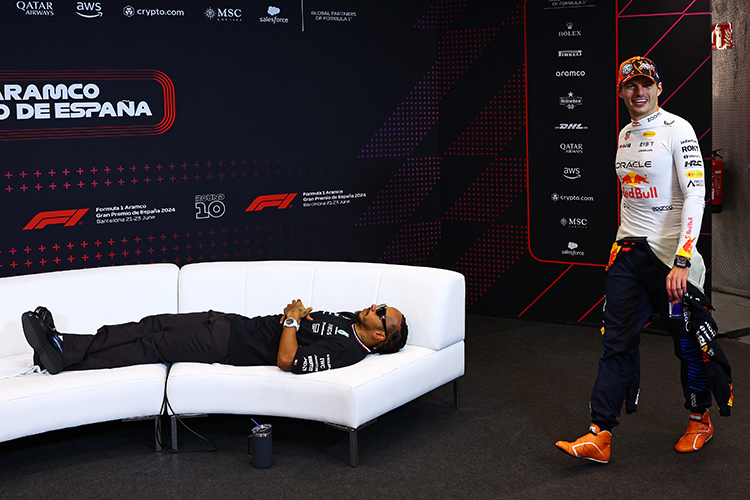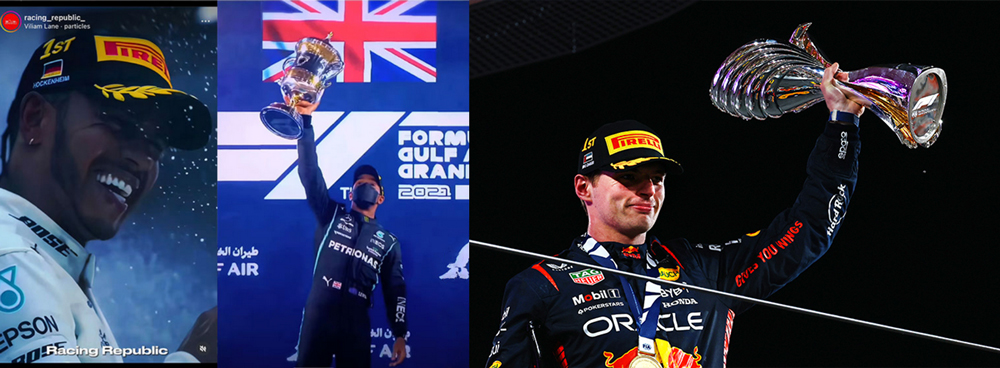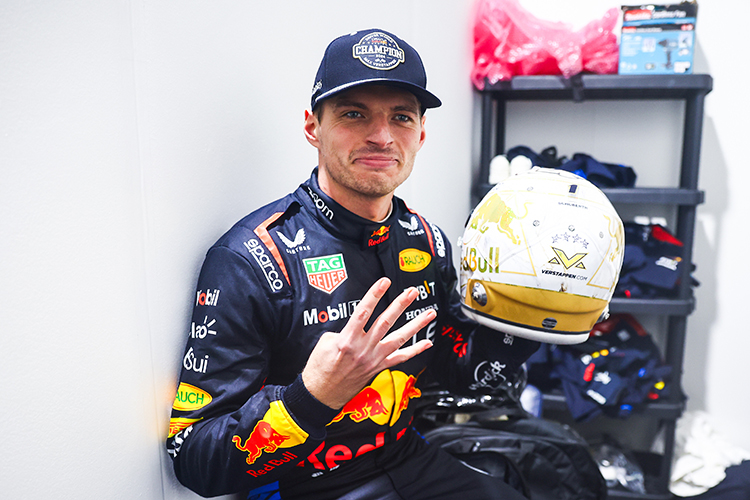What Is Pole Position in Formula 1? From Qualifying to Race Advantage
What pole position means in F1, how qualifying works, why it matters on race day, and how Sprint weekends affect the grid. Fast, clear, fan-friendly.
If Formula 1 is the ultimate test of speed and precision, pole position is the sport’s purest bragging right. It’s the coveted first spot on the starting grid—the place every driver wants to be when the five red lights go out. But how do you get it, why does it matter so much, and why does “pole” sometimes not start from P1? Let’s dive in.
The Simple Definition
- Pole position is the first grid slot at the start of a Grand Prix.
- It’s awarded to the driver who sets the fastest lap in the official qualifying session for that Grand Prix.
- On Sprint weekends, “pole position” is still credited to the driver who tops Friday qualifying (which sets the Sunday grid), not the Sprint.
Where the Term Comes From
“Pole position” originated in horse racing. The best qualifier got the inside spot closest to the rail—the “pole.” In motorsport, that prime inside line translated into the very first spot on the grid.
How Qualifying Works Today
F1 uses a three-part “knockout” format:
- Q1: 18 minutes. All cars set lap times. The slowest five are eliminated.
- Q2: 15 minutes. The remaining 15 fight for the top 10. The slowest five are eliminated.
- Q3: 12 minutes. The fastest 10 battle for pole.
Useful details:
- The clock doesn’t stop for yellow flags, traffic, or weather, so timing is critical.
- Ties are broken by who set the time first.
- Track limits matter: run wide and your time can be deleted.
- Parc fermé begins after qualifying starts (or at the start of qualifying on Sprint weekends). Teams can’t make major changes, so the car’s setup needs to work for both qualifying and the race.
Sprint Weekends Explained
- Friday: Standard qualifying sets the grid for Sunday’s Grand Prix and awards “pole position.”
- Saturday: A separate, shorter “Sprint Shootout” sets the Sprint grid. The Sprint does not award “pole position,” but it can reshuffle starting spots in earlier formats; in the current format, Sunday’s grid comes from Friday qualifying.
What Makes a Pole Lap “Pole-Worthy”
- Tyre temperature: Drivers must nail the out-lap to get tyres in the perfect working window.
- Track evolution: Circuits usually get quicker as more rubber is laid down, so going late can be an advantage—unless it rains or a red flag ruins the plan.
- Slipstream and DRS: At power tracks like Monza, a tow from a teammate can be worth tenths. Teams sometimes choreograph who leads and who follows.
- Wind and weather: A gust at the wrong corner can cost a lap. A sprinkle of rain can crown an unlikely hero.
- Confidence: Qualifying is all or nothing. Drivers often say the ultimate lap feels like “dancing on a knife edge.”
Why Pole Position Matters
- Clean air, clean start: Leading into Turn 1 lets you control the pace and manage tyres, braking, and lines without dirty air from the car ahead.
- Track position is king: Passing is hard at many tracks. Starting first reduces risk and gives strategic control.
- Safer opening laps: Avoiding mid-pack chaos is a big plus.
- Psychological punch: A pole sends a message—your package and your driver are hooked up.
But pole isn’t a guaranteed win. Historically, a significant (but not overwhelming) share of races are won from pole. It varies by track: Monaco, Singapore, and Hungary reward Saturdays more than Monza, Spa, or Montreal, where overtaking is easier.
The Dirty Side vs the Clean Side
Even pole has nuance. The racing line collects rubber and grip; the other side can be “dirty.” Depending on the circuit layout, pole can sometimes start on the less grippy side of the grid. That can make launches trickier and Turn 1 tightening. Race directors try to place pole on the cleaner side where appropriate, but the ideal line varies from track to track.
Penalties, Red Flags, and Other Quirks
- Grid penalties: You can set the fastest lap and officially earn pole, but start further back if you take a power unit or gearbox penalty. The pole statistic still goes to the fastest qualifier.
- Impeding and rules breaches: Dangerous or unfair behavior can erase a lap or add a grid drop.
- Red flags: If a session is stopped and there’s no time to restart, a driver’s earlier banker lap can become decisive.
- Equal lap times: If two drivers set identical times, the one who did it first keeps the place.
- Lap deletions: Track limits policing can flip the top 10 after the flag as laps are reviewed.
The Pirelli Pole Award
The pole-sitter receives a special ceremonial tyre, complete with their name and lap time. It’s become a highlight photo-op and a neat keepsake—proof of raw Saturday speed.
Team Tactics and Drama
- Towing partners: On long straights, teams sometimes do “tow trains,” with one car punching a hole in the air for the other. This can lead to last-corner slowdowns as drivers jostle to avoid being the lead car.
- Stacking in the pit lane: Everyone wants clear track. You’ll see queues, last-second release calls, and occasional misfires that cost a driver their ultimate prep lap.
- Front-row lockouts: When both cars from the same team qualify 1-2, it’s called a lockout—strategic gold for race day.
Poles vs. P1 on Sunday
A small but important distinction:
- “Pole position” is an achievement from qualifying.
- “Starting P1” is where you actually line up on the grid for the race.
They’re usually the same—but not always. Penalties or earlier regulations involving sprints sometimes meant the official pole-sitter didn’t start first. In modern rules, the statistic remains tied to qualifying, and the Sunday grid comes from that same session on Sprint or non-Sprint weekends accordingly.
Circuit Personalities: Where Pole Really Counts
- Monaco: Overtaking is a unicorn; pole is often half the battle.
- Singapore: Street precision matters; tyre and temperature control from the front is huge.
- Hungary: Twisty, narrow, and track-position dependent. Saturday shines.
- Monza: Slipstream central. Pole is great, but race pace and strategy often shuffle the order.
- Spa: Weather roulette and long straights can neutralize pole.
- Montreal: Brakes, chicanes, and Safety Cars can swing results.
Fun Facts and Lore
- The very first F1 World Championship pole: Giuseppe Farina at the 1950 British Grand Prix.
- Legendary qualifiers: Names like Ayrton Senna, Michael Schumacher, and Lewis Hamilton are synonymous with Saturdays. Hamilton holds the all-time record for poles; Schumacher and Senna round out the pantheon behind him.
- Specialists: Some drivers build reputations as qualifying aces—fearless on low fuel, cold tyres, and maximum attack.
Jargon Buster
- Pole-sitter: The driver who earns pole position.
- Provisional pole: The fastest time on the board at that moment in the session—until someone goes quicker.
- Front row: Grid positions 1 and 2.
- Second row: Grid positions 3 and 4.
- Pole-to-flag: Leading from the start and never relinquishing the lead.
- Parked in parc fermé: Post-qualifying lockdown. Cars are sealed to preserve fairness for the race.
How a Pole Lap Happens: A Mini Play-by-Play
- Warm-up and prep: Driver nails the out-lap—weaving, braking, and accelerating to heat tyres and brakes.
- Start the flyer: Maximum commitment from Turn 1, using every inch of track, clipping kerbs without exceeding track limits.
- Middle sector: Rhythm and flow. High-speed corners demand trust in the car’s balance.
- Final sector: Precision under pressure. Push to the line without running wide or lighting up the rears.
- Cooldown: A breath, a radio burst—sometimes a scream. Then the wait as rivals finish.
Why Your Readers Should Care
Pole is F1’s pure speed test. Races are about strategy, tyre life, and adaptability; qualifying is about perfection in one lap. The numbers, the nerves, the knife-edge commitment—it’s why fans set alarms for Saturday just as eagerly as Sunday.
Quick Takeaways
- Pole position = fastest qualifier = first grid slot for the Grand Prix.
- It offers clean air, track position, and momentum, but it’s not a guaranteed win.
- Sprint weekends still award “pole” from Friday qualifying.
- Penalties can move the pole-sitter down the grid; the pole stat stays.
- Different circuits amplify or blunt the power of pole.
Up Next



